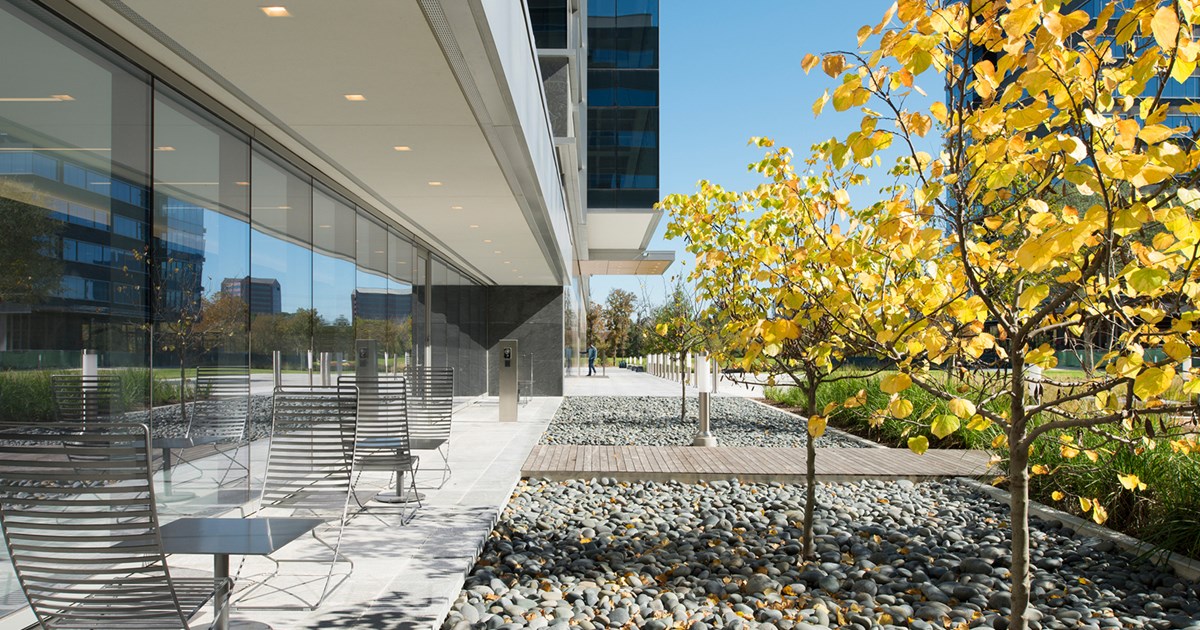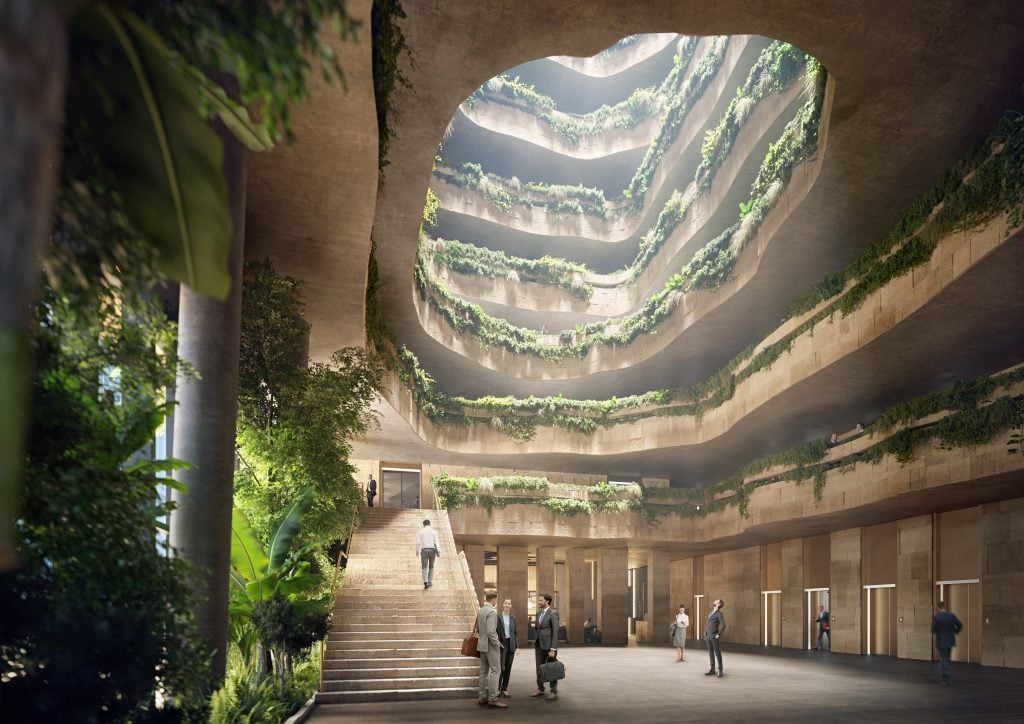In today’s world, the importance of sustainable building practices cannot be overstated. With increasing environmental concerns and the growing demand for eco-friendly solutions, it is crucial to understand how different building techniques compare. In this article, we’ll dive into the concept of sustainable building comparison and explore the factors that make a structure truly sustainable.

Understanding Sustainable Building
Sustainable building, also known as green construction, focuses on reducing the environmental impact of structures. It involves using resources efficiently and creating healthier living environments. To grasp the full scope, it’s essential to look at what factors contribute to sustainability in buildings.
Key Elements of Green Construction
Green construction is characterized by several key elements. These include energy efficiency, water conservation, environmentally friendly materials, and indoor environmental quality. It’s important to understand each of these components to make more informed choices about sustainable development.
Energy Efficiency: A Major Consideration
Energy efficiency is one of the core components of sustainable building. By designing structures that consume less energy, builders can significantly lower their carbon footprint. This includes the use of energy-efficient appliances, improved insulation, and renewable energy sources.
Water Conservation Techniques
Water conservation is another critical factor in sustainable building. This can be achieved through rainwater harvesting systems, low-flow fixtures, and water-efficient landscaping. These techniques are essential to ensure responsible water use in light of growing global water shortages.
Choosing Environmentally Friendly Materials
Opting for environmentally friendly materials can drastically reduce a building’s impact on nature. These materials include recycled steel, bamboo, and sustainable wood, which have lower emissions during production compared to traditional components.
Why Indoor Environmental Quality Matters
The indoor environmental quality is crucial for occupant health and comfort. Sustainable buildings often prioritize the use of non-toxic paints and materials, better ventilation, and natural lighting to improve air quality and create a more pleasant indoor environment.
The Role of Technology in Sustainable Building
Technological advancements have significantly impacted the way sustainable buildings are designed and constructed. Smart home technologies, building automation systems, and energy monitoring tools are increasingly being integrated to optimize efficiency and sustainability.
Case Studies: Comparing Sustainable Building Approaches
To truly understand the sustainable building comparison, it’s useful to examine case studies where different methods have been applied. These examples provide valuable insights into the real-world application of sustainable practices.
Benefits of Sustainable Buildings
The benefits of sustainable buildings extend beyond environmental impacts. They can lead to lower utility bills, increased property values, and improved health and well-being for occupants. These advantages make sustainable building practices appealing to homeowners and developers alike.
Challenges and Considerations
While sustainable building offers numerous benefits, it also presents certain challenges. Higher initial costs and the need for specialized knowledge and skills can be obstacles. Nevertheless, these challenges can often be mitigated through proper planning and investment in the right technologies.
Making Informed Choices
For homeowners and real estate developers, the choice to invest in sustainable building practices is increasingly appealing. By understanding the different factors that contribute to sustainability, individuals can make more informed choices and design buildings that are both eco-friendly and economically viable.
Further Reading and Resources
For more in-depth guidance and tips on sustainable building, you might find our other articles helpful, such as our Green Construction Guide and DIY Tips. Additionally, you can explore more about green building on this Wikipedia page.

FAQs
What makes a building sustainable?
Sustainable buildings are those that are designed to use resources efficiently, reduce waste and pollution, and provide a healthy indoor environment.
Are sustainable buildings cost-effective?
While they may have higher initial costs, sustainable buildings often result in long-term savings due to reduced utility bills and maintenance costs.
Can existing buildings be retrofitted for sustainability?
Yes, existing buildings can be retrofitted with energy-efficient systems, water-saving fixtures, and environmentally friendly materials to improve their sustainability.
This article contains affiliate links. We may earn a commission at no extra cost to you.




